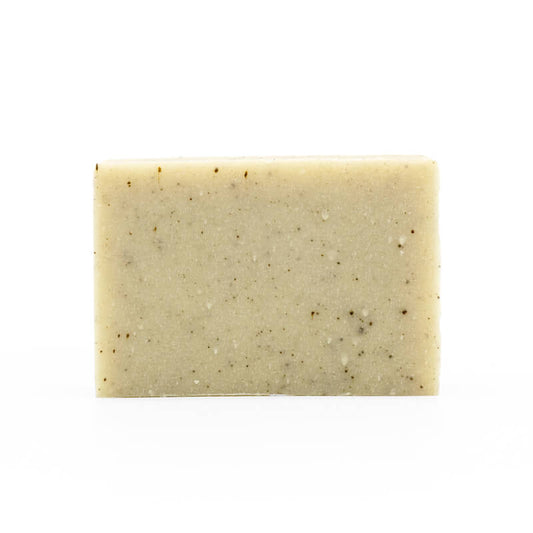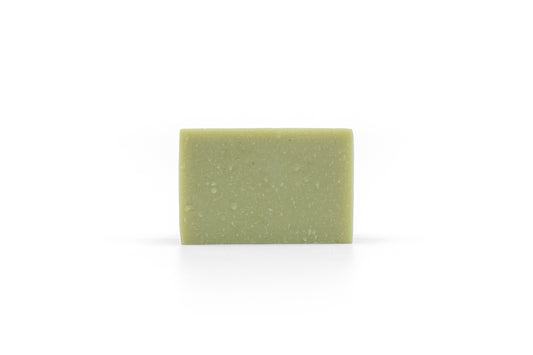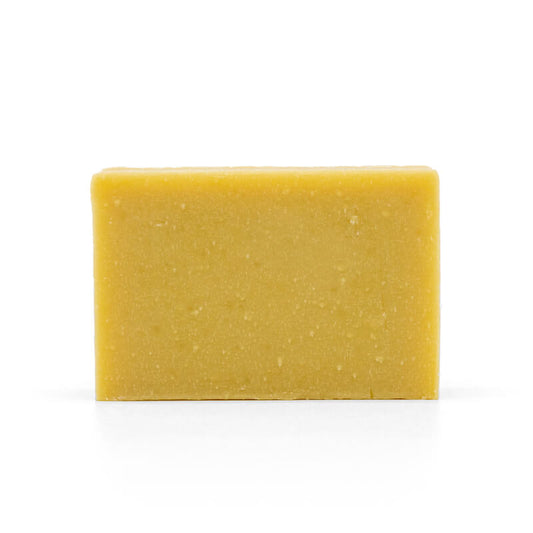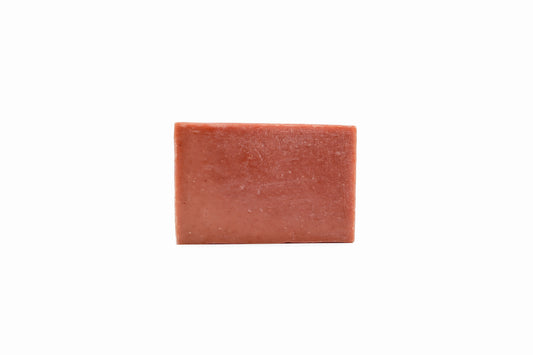Lavender Essential Oil
 One of the most popular fragrant flowers in the world of soap and perfumery, lavender is a ubiquitous scent which is found in countless products and preparations. Lavender essential oil has been given a starring role as a highly cherished natural scent in the fragrance library used to make Beaverton’s handmade cold process soap bars.
One of the most popular fragrant flowers in the world of soap and perfumery, lavender is a ubiquitous scent which is found in countless products and preparations. Lavender essential oil has been given a starring role as a highly cherished natural scent in the fragrance library used to make Beaverton’s handmade cold process soap bars.

Flowering lavender plants ; Image: The Spruce/Phoebe Cheong
Many different plants are known by the name “lavender”, but the plant species most commonly associated with the name is Lavandula angustifolia (Lavandula officinalis), also known as “common lavender” or ”true lavender”. This strongly smelling shrub is perhaps most famous for its brightly coloured purple flowers, for which the colour “lavender” was named. Growing in large numbers at the tops of the plants’ stems, lavender flowers are the main source of flavourings and fragrances derived from lavender, but the flowers are also grown for ornamental purposes.
It is believed that the lavender plant first originated in the lands surrounding the mediterranean sea, with its use in perfumes dating back to the time of the ancient Egyptians. Later in history, lavender became a favourite aromatic herb of the Romans, being frequently used in Roman baths when washing because of its pleasant smell and apparent calming effect on the senses. Throughout much of Europe and parts of Asia, lavender was a popular herbal medicine used for its soothing properties. When soapmaking had become more advanced and cold process soaps were being exported from the middle east to Europe, lavender was among the very first fragrant plants to be used as an added scent in handmade soaps. Today, lavender is still adored as an ingredient in both high end perfumery and naturally scented soap products.

When used as a natural fragrance, lavender flowers are distilled with steam to extract the plant’s essential oils. The most prominent components of lavender essential oil are the natural compounds linalool and linalyl acetate, which are responsible for the distinct flavour and aroma of lavender. Along with contributing to lavender’s scent, linalool is believed to be the source of the soothing effects that are associated with the plant. Lavender essential oil also contains small amounts of other fragrant compounds such as limonene, camphor, and lavandulol. The complex mixture of aromatic substances in lavender is what gives this flowering plant species such a unique floral scent that is loved the world over. The handmade small batch soaps from Beaverton’s proudly feature steam distilled essential oils made from lavender flowers grown in the rich soils of southern France’s famous lavender fields.

Lavender fields in the Provence region of France ; Image: Travel and Food Network
Adding its unmistakable smell to the naturally derived bar soaps of Beaverton’s, lavender essential oil enlivens the senses while encouraging a composed and calm state of mind. A sublime natural fragrance, the aroma of lavender will help make washing and self care a dreamy experience with the cold process soaps from Beaverton’s.







